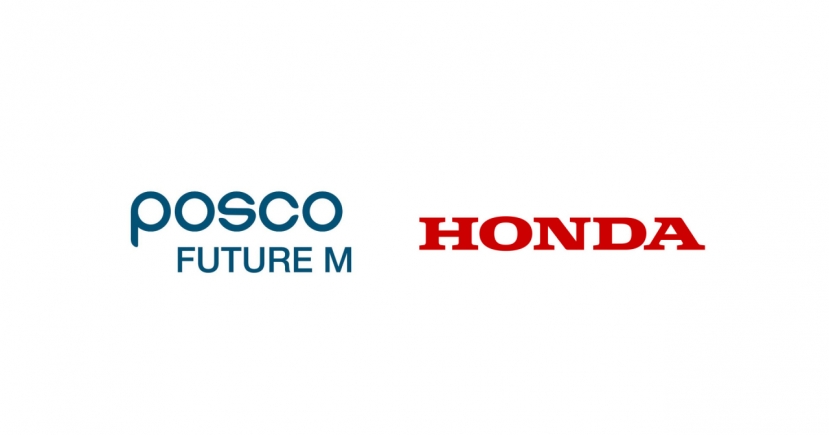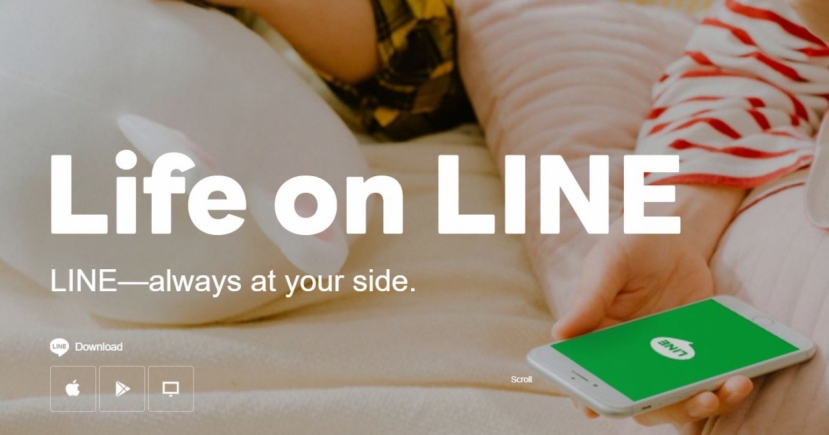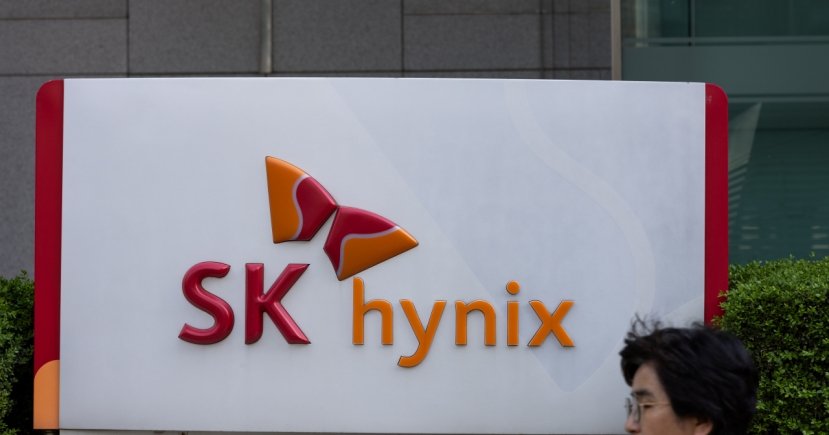Economy
New regulation on housing loans comes into force
 |
A sign in Seoul shows information about housing loan programs on Sunday. (Yonhap) |
South Korea has tightened household debt regulations with the introduction of "stress interest" to the debt service ratio system across the banking sector, effective Monday.
The Financial Services Commission has implemented the stress DSR system, which imposes surplus interest -- called stress interest -- to reflect potential future interest rate hikes when the borrower executes the loan.
The DSR gauges the amount a borrower has to pay for principal and interest relative to annual income, thereby capping aggregate lending. Currently set at 40 percent, this means that a borrower's combined principal and interest payments cannot surpass 40 percent of their annual income.
The stress interest is based on the gap between the highest household loan rate in the last five years and the current benchmark rate, ranging from 1.5 percent to 3 percent.
To cushion market impact, stress interest rates will be phased in, starting at 25 percent in the first half of the year and increasing to 50 percent later in the year. Full implementation across financial sectors is expected next year.
During the initial phase, which lasts until June 30, the stress interest rate will be fixed at 0.38 percent. The highest household loan rate in the past 5 years was 5.64 percent, while the current benchmark rate stands at 4.82 percent (as of December). This sets the stress interest rate at its minimum limit of 1.5 percent. Only a quarter of that will be added, resulting in an excess stress rate of approximately 0.38 percent.
According to the FSC, borrowers may experience a 2 to 4 percent reduction in lending limits based on loan types.
For instance, individuals earning 50 million won ($37,600) annually who get 30-year mortgage loans at variable rates will see the lending limit reduced by 15 million won during the first half of this year, dropping from 330 million won to 315 million won.
Mixed-rate and periodic rate housing loans will face a more lenient application of the stress DSR than variable-rate loans. For a borrower with 50 million won in annual income, the debt limit will be 320 million won for mixed-rate loans until the end of June, while the amount will be eased further for periodic loans.
The stress DSR initially applies to housing mortgage loans from the banking sector until the end of June, expanding to credit loans and non-banking mortgage loans in the latter half of this year, and to the entire financial sector in 2025.
The measure aims to manage household debt-related risks better in the future.
South Korea has witnessed a consistent increase in household debt over the past year. According to data from the Bank of Korea, household loans surged by 18.4 trillion won year-on-year in 2023, with an additional 800 billion won added in January alone, marking a consecutive ten-month uptick.
The banking sector has been leading the trend, adding 3.4 trillion won to the total household debt in January alone. Notably, mortgages from banks soared by 4.9 trillion won during the month.
Local banks are responding by raising lending rates, with Woori Bank set to increase housing loan rates by up to 0.3 percent starting Wednesday, following similar moves by Shinhan Bank and KB Kookmin Bank earlier this month.
By Choi Ji-won (jwc@heraldcorp.com)








